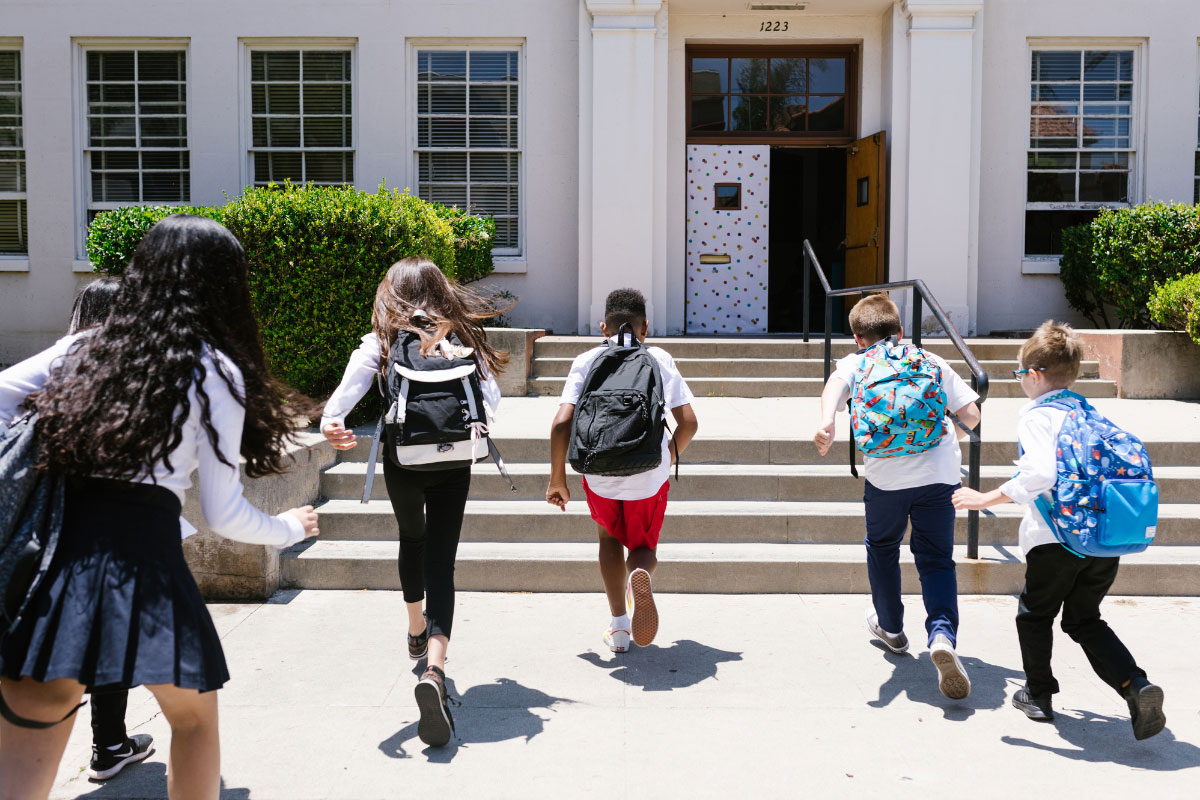The decision to send your child to private or public school can be difficult. How much does it cost? What kind of teaching style do they use? Is my child going to get enough attention? With so many questions, it can take time to figure out where to start. This article will discuss the pros and cons of both types of schools as they relate to dyslexia and other specific learning differences.
Public School Pros
Free ESE Resources
Public schools are required by law to provide support services to these students. While ESE resources vary by school, all schools in Florida must give these to an extent. Starting with an individual educational plan (IEP), ESE resources include assistive technology services, coordinating and using other therapies or interventions, assessments, and other services outlined by the school.
Affordability
Public school is free! The cost of tuition at a private school can be anywhere from $15,000-$30,000/year. Still, some parents may find that the added expense is worth it for the smaller class sizes, additional attention, and better track record of achievement. Besides tuition, parents of children with dyslexia or SLD should also consider the expense of the additional services that can be necessary in a private school learning environment.
Proximity to House
Overall, public schools are usually close to your house. That can be an advantage since children will use the public school bus system to go to school and return.
Nonetheless, in Florida, there are options for parents who want their children to attend a school that’s not within their zone.
Public Schools Cons
Class Size
According to the Florida constitution, public schools have set limits for the number of students in core classes such as Math, English, and Science. In Florida, the class size in prekindergarten through grade 3 is 18 students, 22 students in grades 4 through 8, and 25 in grades 9 through 12. These large class sizes might be challenging for students with dyslexia or SLD because they might not receive the individualized attention they need to be successful. Also, these class size restrictions are not always followed and the class size can be higher than these set expectations.
Lack of Community
Depending on the school, there might be a need for more community involvement. This is particularly true for students with SLDs. Not having a sense of community can make students and parents feel left out or marginalized. Public schools are not always the best environment for acknowledging the strengths of dyslexic students and accommodating their needs within the greater school community.
Outdated Behavior Management
Because public schools are subject to local and state laws, often, they rely on outdated behavior management practices like color charts and reward systems based on coercion or humiliation for non compliance. For children with learning differences, this means they might not always feel understood or appreciated.
Private School Pros
Class Size
One of the most significant advantages of choosing a private school is the smaller class sizes. Public school classrooms can have anywhere from 18-26 students in a class. In a charter school, that number can be even higher.
Smaller class sizes can benefit kids who need extra attention and support, such as those with dyslexia/ SLD (specific learning disabilities). It may also help kids with ADHD (attention deficit hyperactivity disorder) because it gives them more opportunities for one-on-one interactions with teachers and other adults in the classroom setting.
Teaching Styles
This is an important factor for families who want their children taught in a way that best meets their needs. A private school teacher trained to teach dyslexia and SLD may be better equipped to help your child than one who hasn’t received that training.
Public schools can be more challenging for teachers to specialize in certain learning styles or special education needs because they need to know what students they’ll have each year.
Whereas, at a specialized private school, teachers have fewer students and know them individually (and often over multiple years), it’s easier for them to develop expertise in meeting unique needs like those associated with dyslexia and SLD.
Private School Cons
Cost
One of the most significant disadvantages of private schools is pricing. The average private school tuition in Florida is approximately $10,000 per year. That’s a steep amount compared to public schools that are completely free. Attending a private school, specialized or not, can be too expensive for many parents to afford. Oftentimes at private schools, the specialized ESE resources are only available for an extra fee on top of the tuition.
Lack of ESE Resources
Because private schools do not receive funding, they are not required to provide an individualized education program or free ESE resources like public schools. Because of these, some private schools might not be the best option for children with disabilities.
But, There’s No One-Size Fits All Solution for Dyslexia and SLD
Although our society is becoming increasingly educated about dyslexia and SLD, there is still much misunderstanding. These complex and multi-faceted learning differences can make it hard for people to understand what they mean—and how they affect the lives of those with them.
The reality is that private schools are an excellent option when they specialize in learning differences, otherwise, they might fall short.
But while there may not be one “right” answer to what your child needs to succeed at school, there are some general guidelines you can follow to find the right fit. You’ll want to consider whether your child would benefit from additional support outside typically offered by public schools or private schools—or both! This might include specialized tutoring, occupational therapy, or other resources.
For many parents with kids with learning differences, a full-time, comprehensive homeschool support program designed to close learning gaps for kids who are two or more years behind might be an excellent choice. At Learning Lab, our homeschool support program can help close significant learning gaps to help children reintegrate into traditional school settings.





